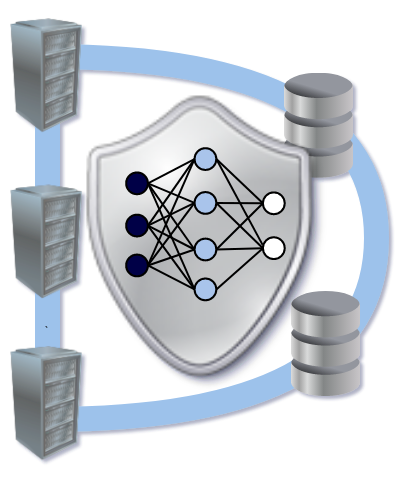Module 3: Machine Learning
In this lesson, we will learn the basics of machine learning using Python’s powerful machine learning (ML) library called scikit-learn. ML is a branch of artificial intelligence (AI) in which a computer model is trained to recognize patterns from data and/or to perform certain functions. There is a vast number of applications of machine learning in today’s world: ranging from image and face recognition, speech-based input (found on your smart phones, Google Home, Alexa, among others), smart thermostats, even all the way to self-driving cars. Unlike traditional approach, where a program is written line-by-line to declare all the rules and actions in all possible cases, ML “learns” from a given input data to discover the pattern found in the data (often hidden from our limited human ability to recognize them).
Please check out our Machine Learning lesson at the following site:
Workshop Resources (Workshop Series 2020-2021)
Presentation Slides
Presentation slides (Google sheets) – last updated Summer 2022
Jupyter Notebooks
The list of notebooks below reflects the actual sequence of notebooks taken during ML session of the 2020-2021 workshop series. The first notebook is actually a notebook from the Big Data lesson on Data Wrangling and Visualization.
(To download the notebook and the hands-on files, please right-click on the links below and select “Save Link As…” or a similar menu)
- Session 1: Data Wrangling and Visualization from the Big Data lesson - (html)
- Session 2: Data Preprocessing for Machine Learning - (html)
- Session 3: Tuning the Machine Learning Model - (html)
(The HTML files were provided for convenient web viewing.)
Hands-on Files
- Sherlock hands-on files for ML and NN lessons, except the large files (table of contents) – This also contains the Jupyter notebooks above
- Sherlock large dataset:
sherlock_2apps(table of contents) - Sherlock large dataset:
sherlock_18apps(table of contents)
The hands-on files are packed in ZIP format. The three ZIP files above are mandatory. To reconstitute: Unzip all the files, preserving the paths, into the same destination directory.
